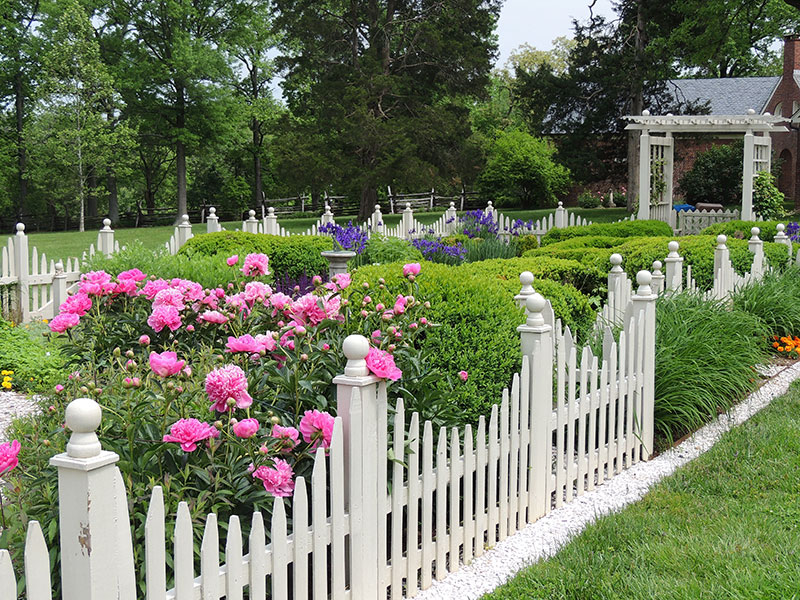Whether your garden is large or small, sunny or shady, established or little more than a patch of bare ground; making use of clever landscaping techniques enables you to get the most out of your space, and create an area your family and friends will love to spend time in. Here we take a look at a few inspirational ideas to get you started!
Natural or green swimming pools

Everyone loves to take a dip in the pool in warm weather, but no-one enjoys the maintenance and hassle associated with a traditional chlorinated pool. Green (as in eco-friendly rather than color!) or natural swimming pools are a great alternative, kinder both to your skin and the environment. Essentially they consist of two zones – one for swimming, and one shallower ‘regeneration zone’ where water plants are housed. These plants do the maintenance for you – filtering and cleaning the water as it flows between the two zones without the need for any unnatural chemicals. You can even keep a small number of fish in the pool to act as swimming companions! Because there’s no need to backwash the pool, they tend to use less water, and because the water is free of harsh chemicals, pipes and fittings last longer.
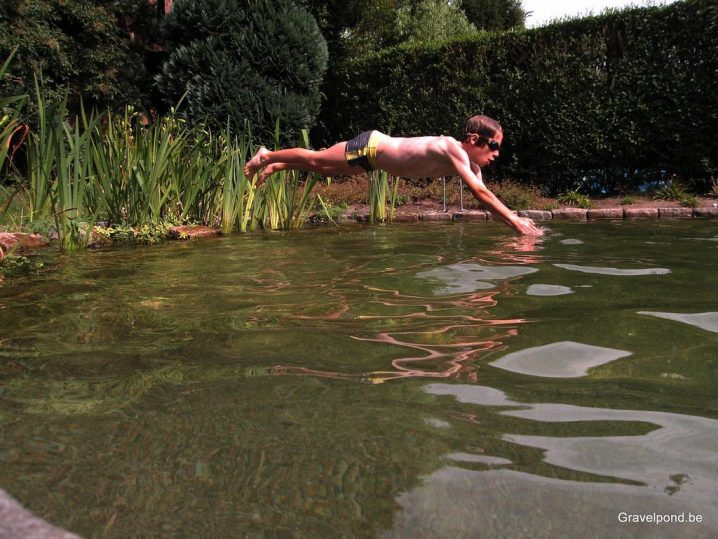
Raised garden beds

If the soil quality in your area isn’t good, it can quickly become expensive to bring in lots of topsoil, manure or compost to cover the whole area. One option is to rather create a few raised beds which can be filled with good quality soil. They work especially well for plants that require a little more maintenance and weeding, such as vegetable gardens, or plants you really want to showcase when they flower. If a family member is in a wheelchair or has trouble kneeling, raising the beds to an appropriate height can allow them to participate more in the garden too. If you live in a very high rainfall area, using a combination of sand and compost to create efficient drainage can allow you to grow plants that prefer a drier environment. Conversely, restricting your watering to these designated beds can help you save water in dry areas.
Retaining walls for extreme slopes
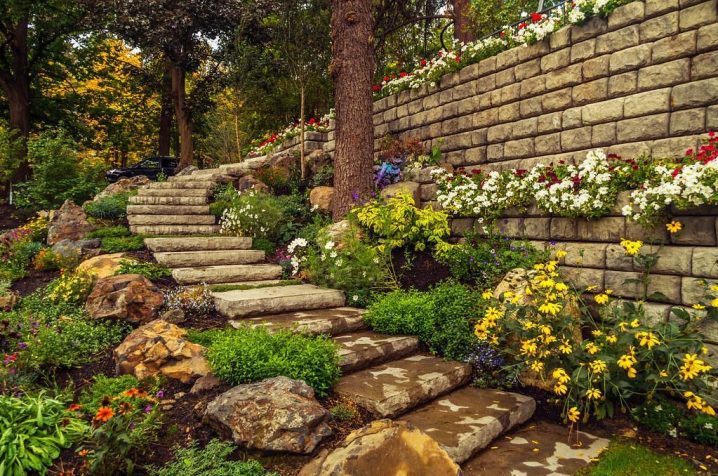
Dealing with a yard that slopes steeply can be a challenge even for the most experienced gardener. If the angle is particularly steep, making use of retaining wall technology may be your best option, especially if you are concerned about erosion during storms and wet weather. In large residential complexes, a cellular confinement system made from geocells, with the outer fascia layer left open for planting, can be used to create a green retaining wall which blends into the environment while permanently stabilizing the soil.
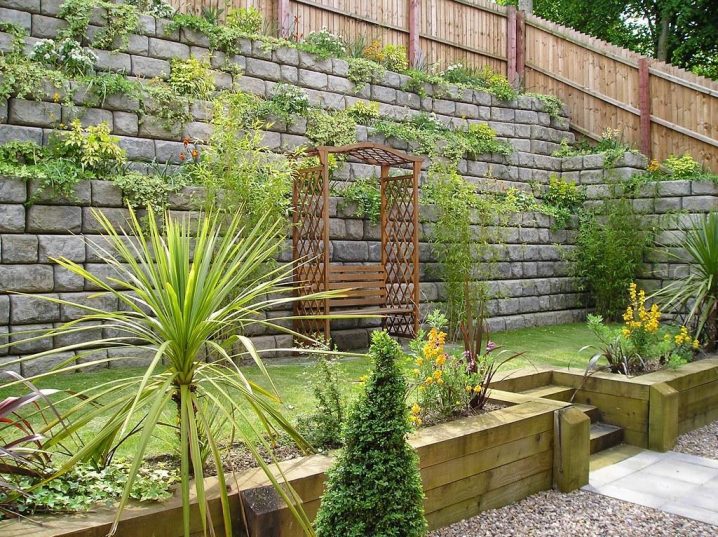
Rockeries
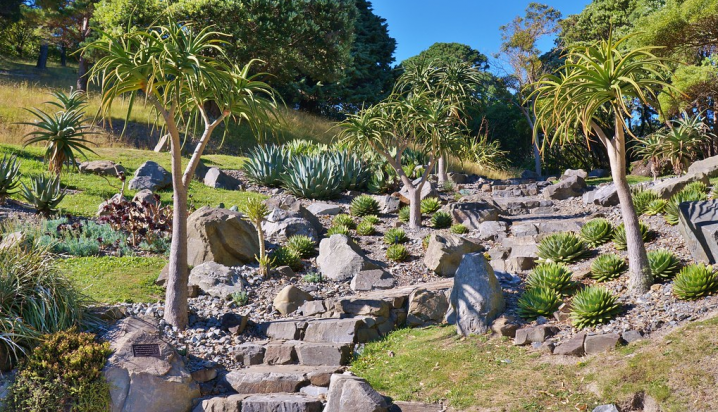
In drier areas, rockeries are a fantastic way to showcase cacti, succulents, and indigenous plants, as well as being a great method to add height and interest to a flat or relatively featureless garden. If you’re lucky enough to have interesting rock or stone occurring naturally in your area, it’s often possible to get your hands on some for free! In addition, they create lots of nooks and crannies and hiding places for insects, lizards and other small creatures to make their homes – drawing insect-eating birds to the garden in turn. They can be as large or small as your space allows, and work well combined with a water feature or by the pool too.

Outdoor entertainment areas
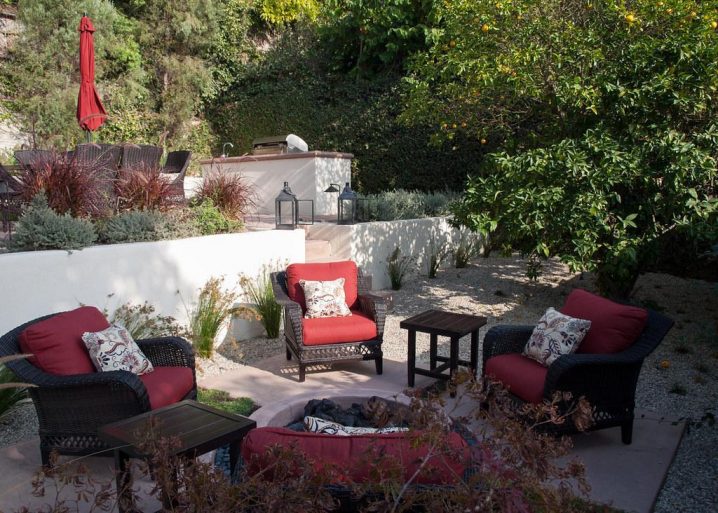
There’s no better way to enjoy your garden than being able to cook, eat and entertain outdoors. Installing an outdoor barbeque, pizza oven, or simply some comfortable seating and a sturdy table to share meals at, encourages guests and family members alike to get into the garden.
Attracting birds and insects

The very best way to encourage bees, butterflies, small reptiles and mammals, and birds to the garden is to ensure you have plenty of indigenous plants which will provide them with their natural foods and shelter. Ideally, use plants which are not just indigenous to your country, but to the immediate local area and climate. Take a little time to research each species before you plant them, as creatures such as butterflies will only lay their eggs and breed on their caterpillar’s specific food plants. Planting indigenous trees and shrubs which produce edible fruit that the family can partake of are especially rewarding, and will encourage fruit-eating birds to visit too. In addition, indigenous plants are better adapted to resist local pests, and to coping well with the local rainfall and climate.

